Many parents of babies and young children are surprised by the degree of back, neck, hip, shoulder and wrist pain they experience on a daily basis, caused by simple tasks like picking the baby up from its crib, carrying the baby around, lugging heavy nappy bags, nursing, and even pushing a pram. And as your baby grows, the problems can get worse.
But luckily, there are some easy ways to improve your baby-lugging technique and as a result experience much less discomfort! In this post I’ll explore some back-friendly alternatives to the regular actions that are causing you pain, to help you strengthen and care for those crucial baby-wrangling muscles.
How to carry your baby:
The market is awash with ergonomic baby carriers and slings, and there are plenty of products designed to protect your back while you carry your bub. Reading reviews and talking to other new parents can be a great way to sort the wheat from the chaff and find the perfect baby carrier for you.
But what about when you’re just carrying the baby around the house or for short distances?
Research into indigenous cultures around the world conducted by Esther Gokhale indicates that all those fancy contraptions aren’t necessary - that instead, with good posture, and making sure to use major muscle groups to support the baby’s weight, babies can be comfortably carried for long periods in ways that strengthen your muscles and also aid the child’s posture.
- For babies under 6 months of age, she recommends carrying the baby on your side without jutting your hip out, and supporting the baby’s weight using your bicep rather than your wrist or hand, with the hand palm-upwards. Keeping your shoulders open and your spine straight in this position is important for your posture and your breathing, and the palm-up hand position improves circulation through the supporting arm. Switching sides when you begin to tire will ensure that you’re not overburdening one side. This position also encourages an upright spine in the child, which will lessen your load.
- For babies over 6 months, Gokhale suggests using a cloth wrap (or conventional baby carrier if you prefer) to carry the baby on your back, distributing the weight between your shoulders and hips and keeping the baby as close to your spine as possible. As the baby grows you will need to continually readjust the straps of your carrier or the position of your sling to make sure the weight is being borne comfortably.
How to pick up and put down your baby:
Take it nice and slow while you get used to the new motions, and pay attention to which muscles seem to be working the hardest. If you’re bending to pick up your baby from the floor, use your legs rather than your back to bear the load.
- Bend your knees and squat, keeping a straight back.
- Lift up your baby and pull it close to your body.
- Straighten your knees to stand.
The method for putting your baby to bed is very similar.
- Hold the baby to your chest.
- Stand with your feet hip-width apart in front of the crib.
- Bend your knees before lowering the baby in your arms.
- Tuck your tailbone and tilt the pelvis to activate your core, and avoid twisting where possible.
How to nurse:
Sit in a straight-backed chair rather than slumping on the couch, and try to keep an upright spine. Placing a rolled up towel or a pillow behind you can help. Bring the baby up to you, rather than hunching to reach the baby. Pillows and other methods for propping up the baby can assist with this.
Other helpful tips:
- Regular massage or myotherapy can help you to reset your body, relax your muscles and prevent long-term pain and injury from the day-to-day strain of carrying your child. These services are not a luxury - they are a crucial part of taking care of your body, which is just as important as taking care of your child’s health!
- Stretching can make a huge difference in counteracting pain and injury as well as improving your posture and baby-carrying technique.
- Use your baby, the weight you will be carrying most often, in your strengthening exercises! These simple exercises, using your baby’s weight to strengthen your core, back and legs, are an easy and practical way to fit some exercise into your busy parenting schedule, and to make sure your body is primed for the movements it performs most often.
Let us know in the comments if you’ve discovered any other tricks or tips that work for you. And don’t hesitate - book in for regular myotherapy and massage and take care of your body! Where would you, or your baby, be without it?

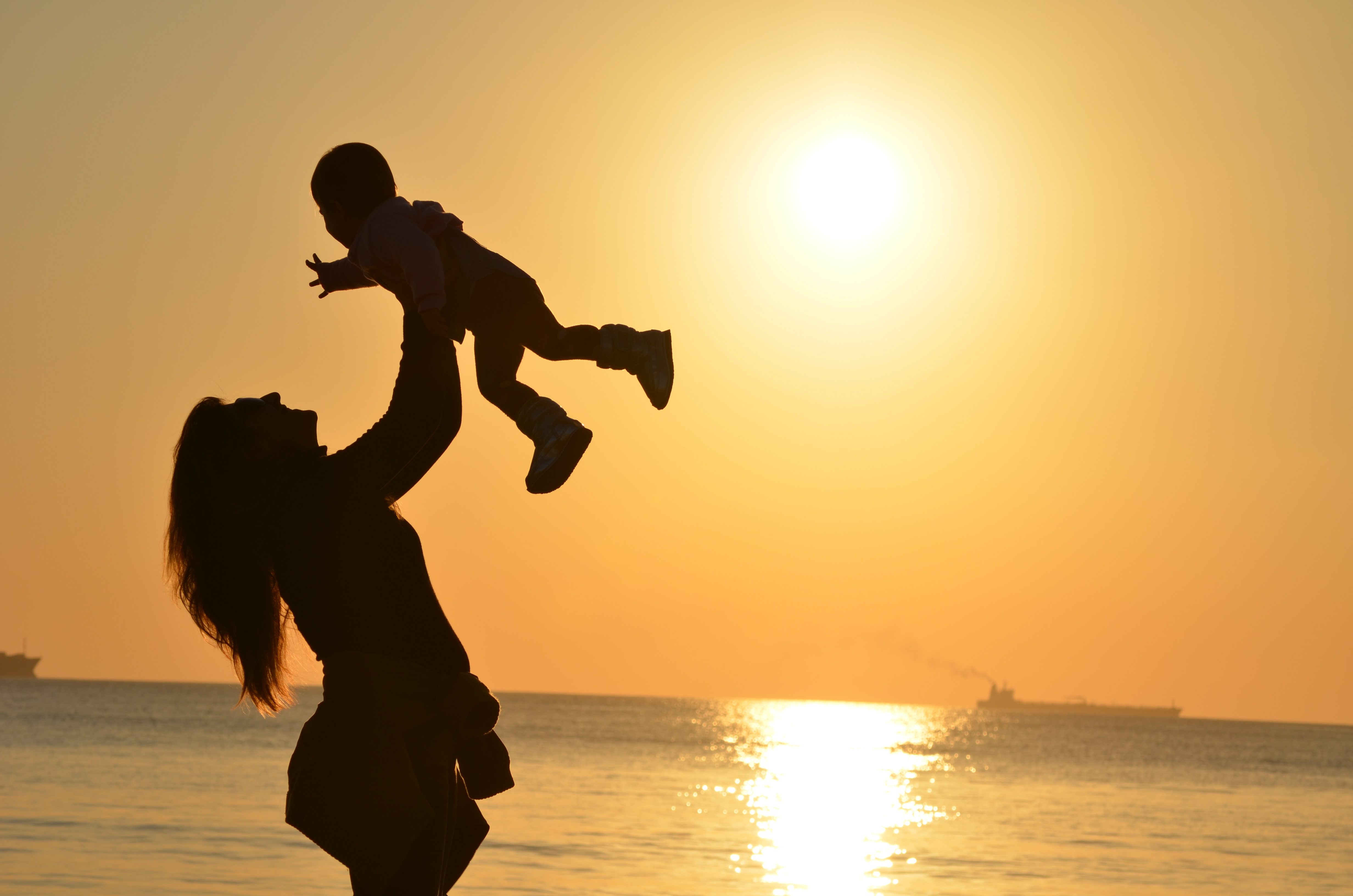
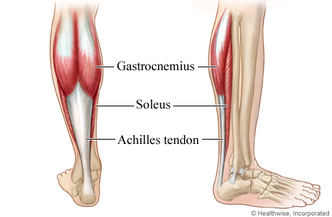
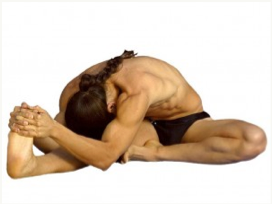
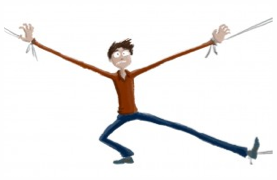

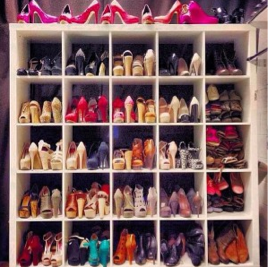
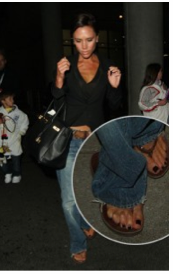
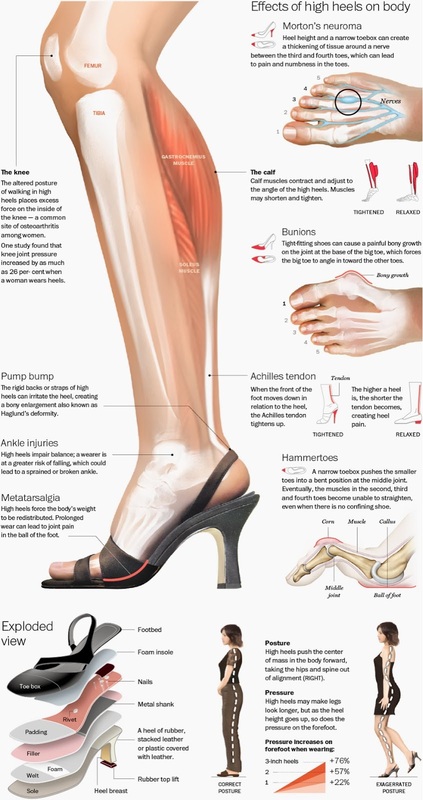
 RSS Feed
RSS Feed

















